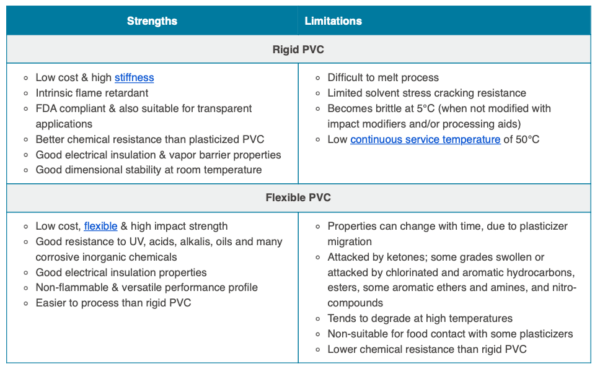The construction landscape in Baton Rouge, Louisiana, is a dynamic and ever-evolving ecosystem. Within this ecosystem, businesses like Holmes building materials baton rouge louisiana play a crucial role in shaping the city’s infrastructure and aesthetic. But beyond the readily available supplies and experienced staff, what truly sets apart a provider of Holmes building materials baton rouge louisiana from its competitors? Let’s delve into the often-overlooked aspects of selecting the right building materials supplier, exploring factors that extend beyond price and convenience to encompass sustainability, community impact, and long-term partnerships.
Beyond Bricks and Mortar: What to Consider When Choosing a Supplier
While price and proximity are undeniable considerations, a more holistic approach to selecting a building materials supplier yields significant benefits. Consider these factors:
- Sustainability Practices: Does the supplier prioritize environmentally friendly materials and sourcing methods? Choosing sustainable options contributes to a greener construction project and reduces your environmental footprint.
- Community Engagement: Is the supplier actively involved in the local community? Supporting businesses that reinvest in Baton Rouge strengthens the local economy and fosters a sense of shared responsibility.
- Product Knowledge and Support: Does the supplier offer expert advice and assistance in selecting the right materials for your specific project needs? Knowledgeable staff can save you time and money by preventing costly mistakes.
- Long-Term Partnerships: Can the supplier be a reliable partner for future projects? Building a strong relationship with a reputable supplier ensures consistent quality, competitive pricing, and responsive service.
The Impact of Local Sourcing
Choosing locally sourced building materials offers numerous advantages. It reduces transportation costs and emissions, supports local businesses, and can even contribute to a stronger sense of regional identity. Furthermore, understanding the specific climate and environmental conditions of Baton Rouge can inform the selection of materials that are best suited for the area.
Benefits of Local Sourcing:
- Reduced carbon footprint
- Support for the local economy
- Faster delivery times
- Better understanding of local building codes and regulations
Comparative Table: National Chains vs. Local Suppliers
| Feature | National Chains | Local Suppliers (like Holmes) |
|---|---|---|
| Price | Potentially Lower (due to volume) | Competitive, with potential for negotiation |
| Product Variety | Wide Selection | May be more focused on specific needs |
| Customer Service | Can be impersonal | Often more personalized and attentive |
| Community Impact | Limited | Significant, through local job creation and investment |
| Sustainability | Varies | Potentially higher, depending on sourcing practices |






